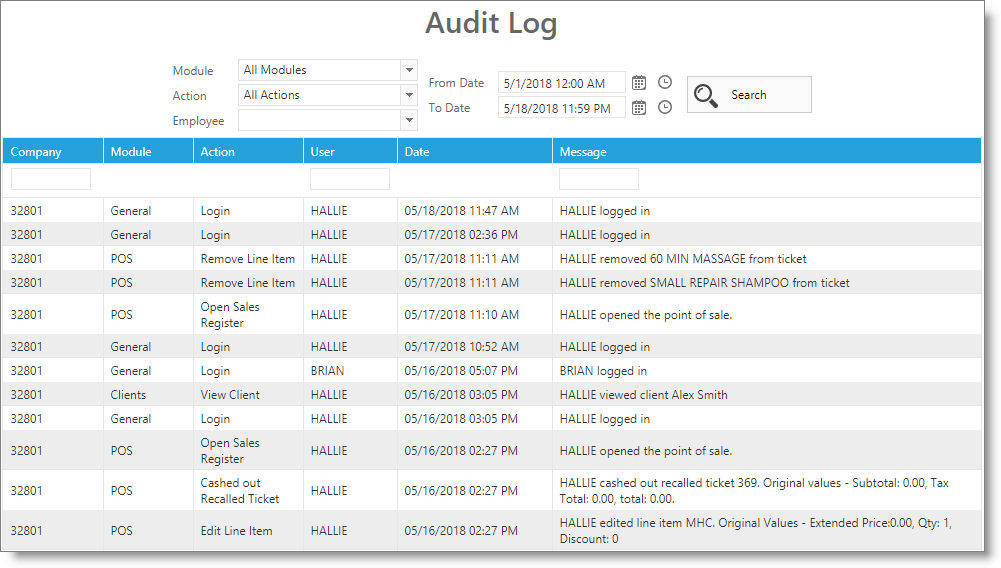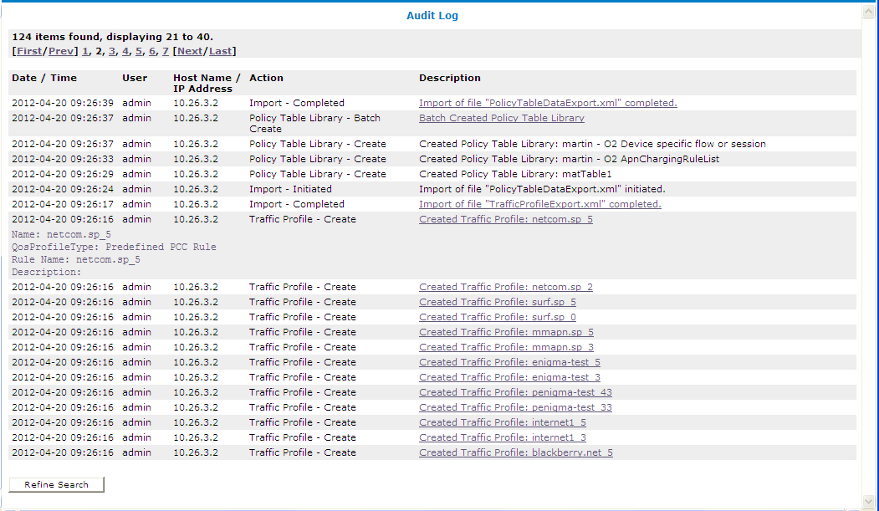
To do so, click Stop processing more rules. You can choose to avoid applying additional rules once this rule processes a message. Note that the rule will remain enabled, but it won't be processed. To do so, click Deactivate this rule on the following date: and specify a date. Similarly, you can have the rule stop processing at a certain date. Note that the rule will still be enabled prior to that date, but it won't be processed. If you want this rule to take effect after a certain date, click Activate this rule on the following date: and specify a date. You can remove any exceptions from the rule by clicking the Remove X next to it. To specify exceptions, click Add exception, then select exceptions using the Except if. Note that there are a larger variety of actions available once you click More options. If you have more than one action, you can remove any one of them by clicking Remove X next to it. Note that there are a larger variety of conditions available once you click More options. If you have more than one condition, you can remove any one of them by clicking Remove X next to it. To add more conditions, click Add condition. After you click More options, complete the following fields to create your rule: If you want to add more conditions or actions, or if you want to specify exceptions or set additional properties, click More options. If you are satisfied with the rule, go to step 5. No actions related to message delivery are performed.

Additional conditions and exceptions will be listed. If the condition you want isn't listed, or if you need to add exceptions, select More options.If you're adding a word or phrase, note that trailing spaces are not allowed. condition, you must specify a sender address.

For example, if you select The sender is. Some conditions require you to specify values.In Apply this rule if., select the condition you want from the list of available conditions. In the New rule dialog box, name the rule, and then select the conditions and actions for this rule: To create a new rule from scratch, Add and then select Create a new rule.To copy a rule, select the rule, and then select Copy.

To create a rule from a template, click Add and select a template.The EAC allows you to create mail flow rules by using a template, copying an existing rule, or from scratch.Ĭreate the rule by using one of the following options: Modify the mail flow rules created by the DLP policy.After you create the DLP policy, you can fine-tune the rules using the procedures below. This section does not apply to standalone EOP organizations.Įach DLP policy is a collection of mail flow rules.


 0 kommentar(er)
0 kommentar(er)
